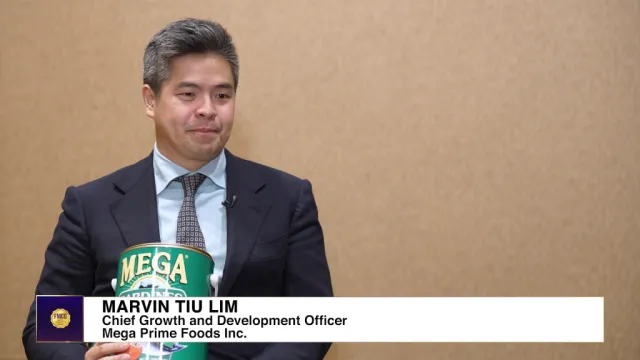Risk and rewards of buy now, pay later arrangements
Understanding the opportunities and fraud risks in BNPL for consumers
With the quick rise of online commerce transactions brought about by increased online shopping opportunities during the pandemic, buy now, pay later (BNPL) became one of the most popular payment options available. The model works by letting customers take possession of an item and splitting payments over a fixed number of instalments. Despite being around for about a century, BNPL became more popular thanks to changes in consumer behaviour.
Through the streamlined customer experience, flexible payments, hassle-free credit, close to real-time credit approval, zero per cent or low interest, and fee transparency, more than 59 million people flocked to BNPL as a way to tap short-term financing without interest during a time when many found themselves out of work and facing economic uncertainty. Most customers use BNPL to acquire inexpensive everyday purchases and some bigger purchases such as electronics and appliances.
Different regions have varying levels of adaption and penetration when it comes to BNPL, with Sweden leading the world with 25% of all domestic eCommerce payments facilitated by BNPL. Globally, BNPL stands as the seventh most popular payment method, with integrated shopping apps, card-linked instalment offerings and off-card financing solutions making up the majority of the BNPL industry.
An estimated 170 companies are offering BNP. With that number is expected to grow as traditional banks and credit card issuers lose up to $10 billion in revenue annually to fintech. Many merchants have taken note by providing payment options that meet customers’ needs that differentiate them from their competition whilst also building loyalty.
The BNPL industry in Asia is still lagging behind the US and Europe, but the region is catching up quickly. As ApplePay and PayPal are entering BNPL markets, we might be at the tipping point in Asia. Moreover, the growth in the BNPL industry has attracted the attention of regulators in many parts of the world, including in Asia. The main reason behind this attention is the disproportionally higher fraud losses, as the True Cost of Fraud research (APAC edition) by LexisNexis Risk Solutions has reported.
Whilst there are benefits of BNPL for businesses and customers, inherent risks and trade-offs exist, such as protecting customers from fraud. Since BNPL plans offer easy access to credit, more stringent regulatory oversight may help protect consumers. However, more regulatory oversight will not shield merchants from fraudulent activity, showcasing that a benefit for one group may not benefit the other party.
For providers, competition, fraud, and regulatory changes pose the biggest risks, with fraud being the most challenging since there is only a soft credit check and no need for credit history. This increases the BNPL providers’ difficulty in working fraud risk assessments. Regulatory agencies are eyeing BNPL over concerns of luring consumers into debt traps, as the chance of overextending and running into debt increases significantly.
The benefits BNPL provides to customers make it a potential target for fraudsters, with risks such as new account abuse, account takeover, first-party fraud, transaction layering, and friendly fraud posing the biggest vulnerabilities for providers.
Being the biggest disruptor in the credit industry in recent history, BNPL providers and banks need to reinforce their defences using the latest intelligence and technology to recognize evolving fraud threats and mitigate risk. With the right technology and data in place, companies can use digital identity intelligence relating to devices, locations, behaviours and known threats to reliably distinguish between trusted users and potential threats.

 Advertise
Advertise



